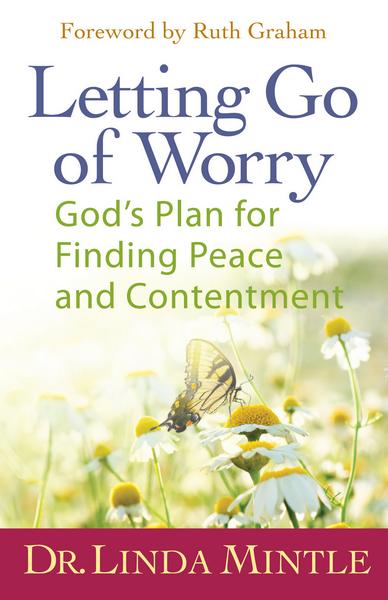 I was on a national radio program last night talking about anxiety. A caller asked a great question. “What is the difference between worry and anxiety?”
I was on a national radio program last night talking about anxiety. A caller asked a great question. “What is the difference between worry and anxiety?”
Anxiety is that uneasy feeling, apprehension, a feeling of danger, doom or misfortune. Clinically speaking it a response to a perceived threat or danger. It is often produced by anticipating future events.
Anxiety as a feeling is different than anxiety as a disorder. You can feel anxious and not have an anxiety disorder. And anxiety can be a symptom of other psychiatric disorders as well.
Anxiety is usually prompted by fear. Fear is a warning system built into our bodies as a natural reaction to danger. It is healthy to feel fear when real danger is present. But when fear goes beyond real danger and lingers in our minds, it becomes anxiety or worry. It is often prompted by uncertainty and feeling out of control, a reality we all have to learn to handle.
Anxiety as a psychiatric disorder relates to confronting a feared object or situation. It is excessive and prolonged and often involves worry. It interferes with every day life.
There are several types of anxiety noted in the DSM V (Diagnostic and Statistical Manual)–Generalized Anxiety Disorder (GAD) which is an overall feeling of being anxious that seems general; Simple Phobia which is the most common and is related to persistent anxiety over specific objects; Social Anxiety which is anxiety around social functions; Panic Disorder which involves feelings of panic in which you feel or think something terrible will happen.
Worry is the mental part of anxiety. Worry has to do with anxious thoughts. ‘What if…”
Thoughts, however, influence your feelings and behavior. So getting control of worried thoughts is important. For help with letting go of worry, check out my book, Letting Go of Worry. It will walk you through how to let go of worried thoughts and not allow anxiety to rule the day in your thought life.


